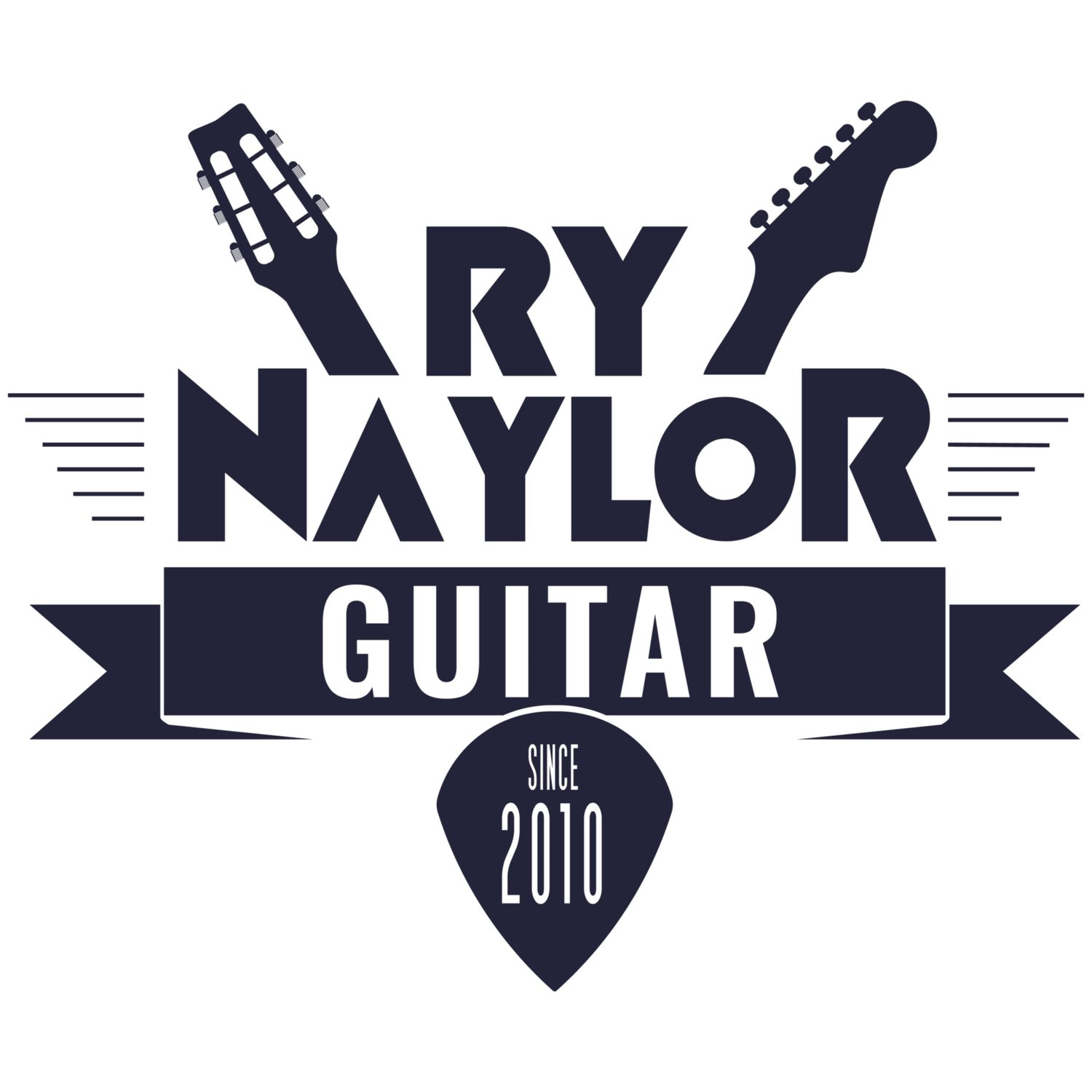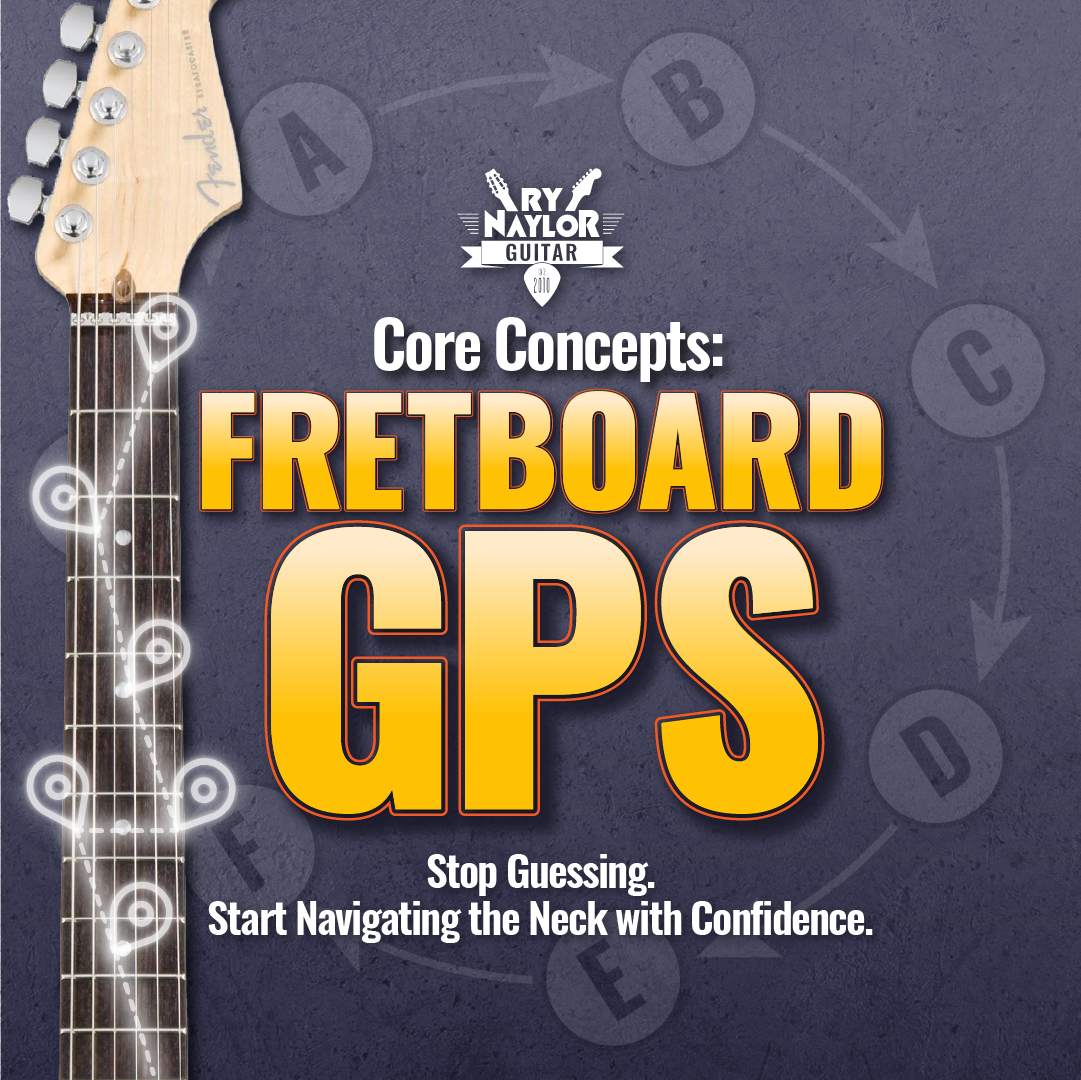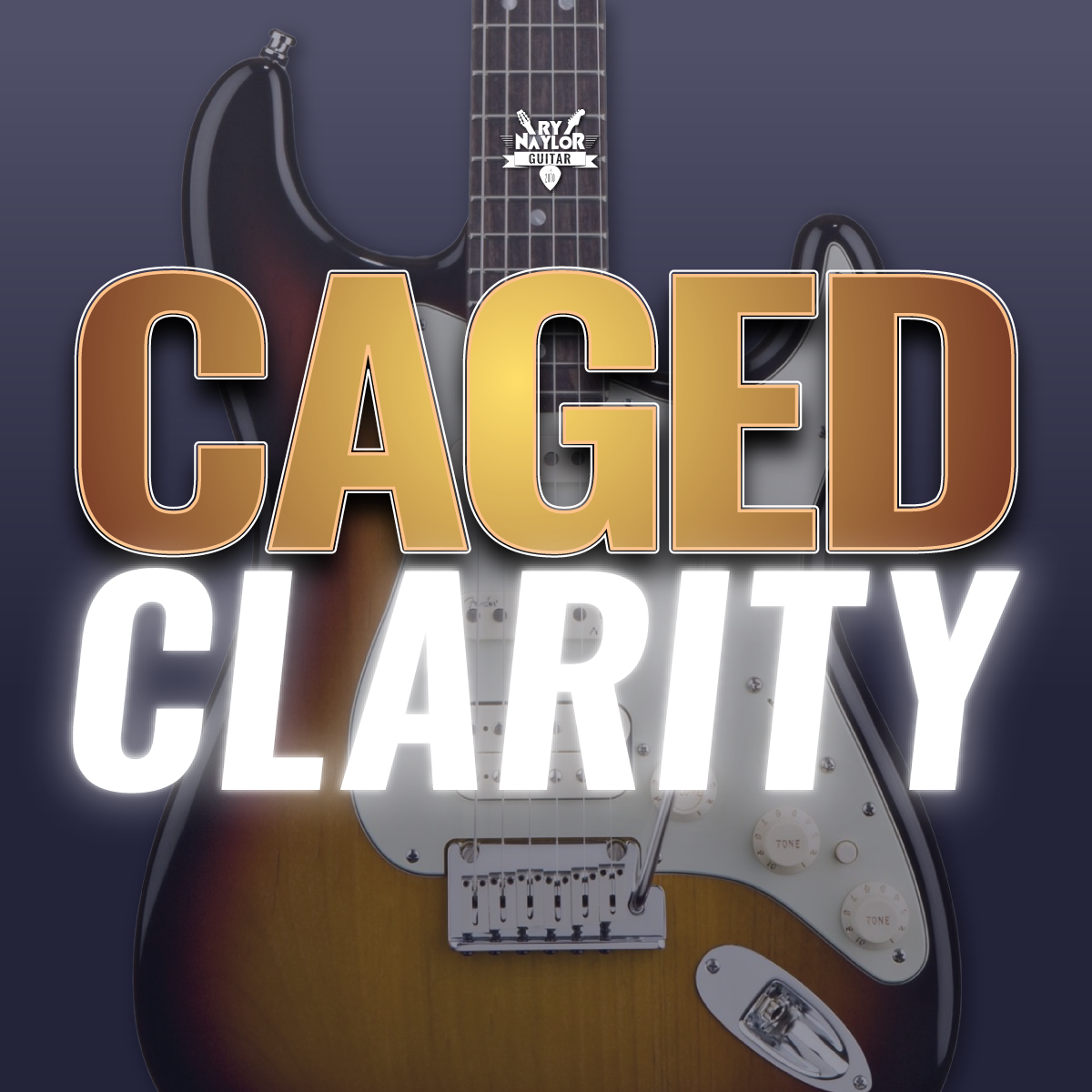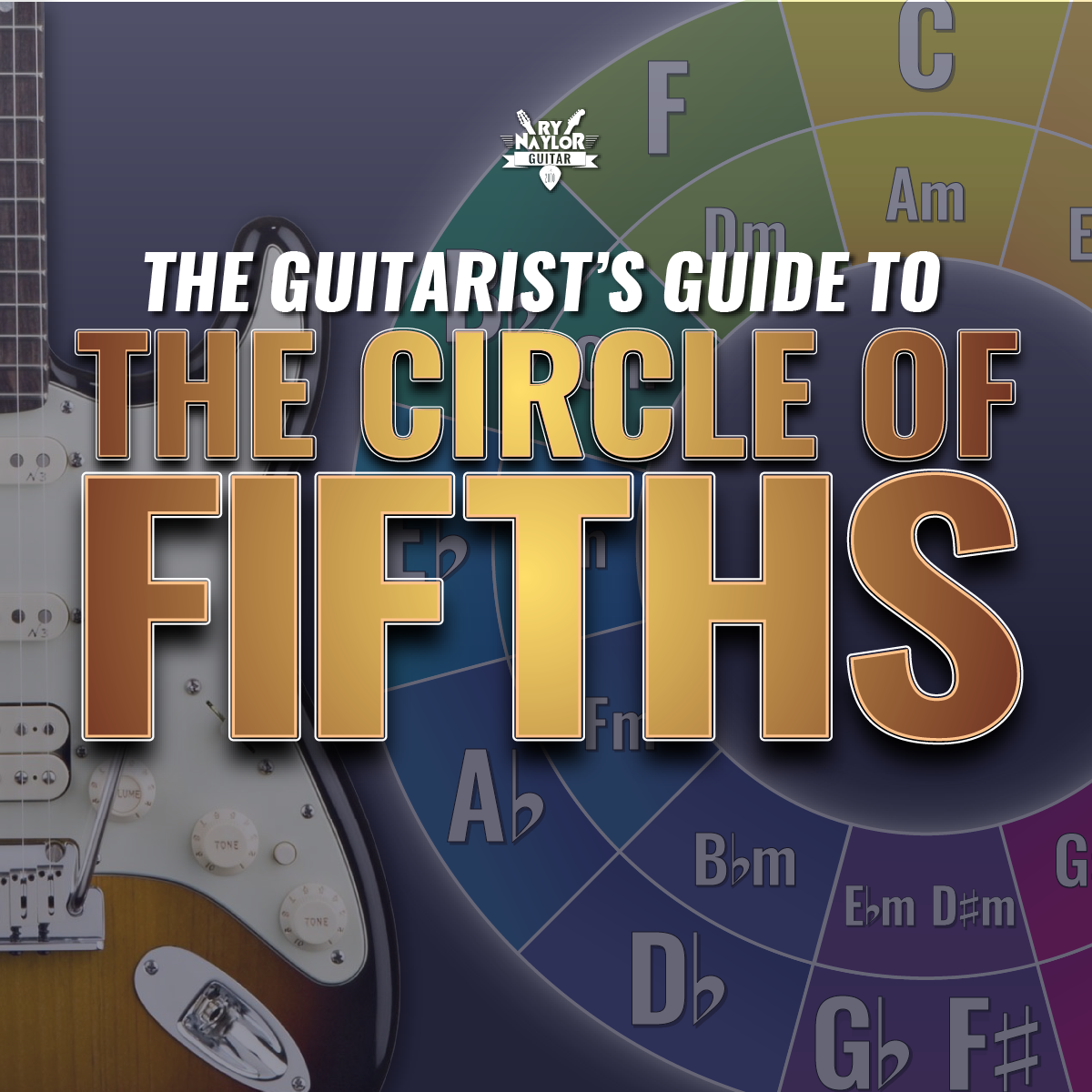One of my Favourite Warmups for Finger Independence
/Recently I posted this photo on Instagram and it proved to be VERY popular.
The grid shown in the photo presents the 24 possible combinations for a simple 1-2-3-4 fingering pattern. These fingering patterns can create some great warm up exercises that I love to use and share with my students.
How I like to start is to take the first pattern and play a chromatic 1-2-3-4 finger sequence across the strings, starting on string 6. If you are able you can do that from the 1st fret, but if the stretch is too demanding you can take it higher up the neck, maybe the 5th fret. I would recommend you start working this to a metronome ASAP and pick with the click.
Once you are confident and can fluently play the pattern in the 1st fret you can look to add alternate picking, again working to a metronome. When you have played the pattern across all the strings, climb one fret and repeat the sequence across the strings in the opposite direction. Keep climbing a fret each time until you cover the length of the fretboard (or get bored!)
I would encourage you to repeat the exercise above but using different picking patterns to find some new challenges for your fingers (4-3-2-1 maybe, or how about 3-4-2-1?).
When it gets really fun is to change the fingering pattern on each string as you play across the strings. The second sequence I demonstrate in the video is working horizontally across the grid which gives you the 1-2-3-4 fingering pattern but starting from the next finger along each time. There are four patterns so you have to keep your wits about you as you cross the six strings.
A little easier for the brain but definitely harder for the fingers is working vertically down the first column of the grid. This gives you the six possible fingering combinations when you start with finger 1.
Work a pattern or sequence into your warmup to get the blood flowing and get you blazing in no time.
You can download a copy of the fingering variations by clicking HERE.


















